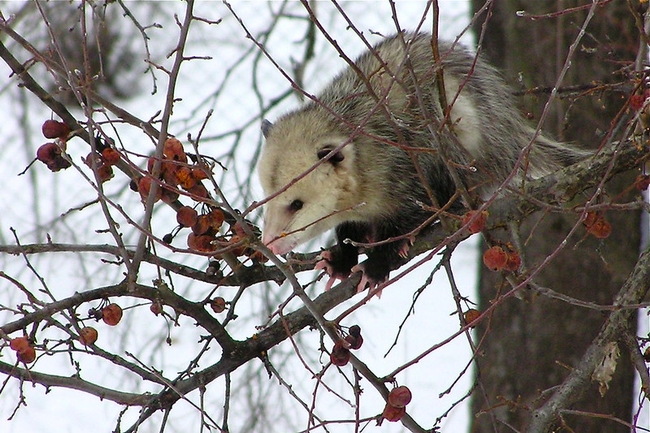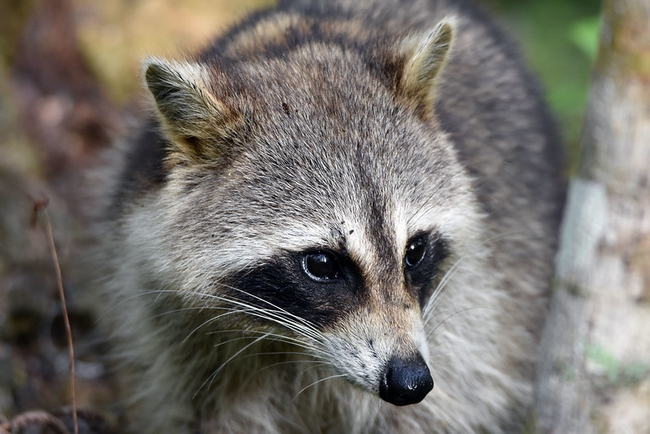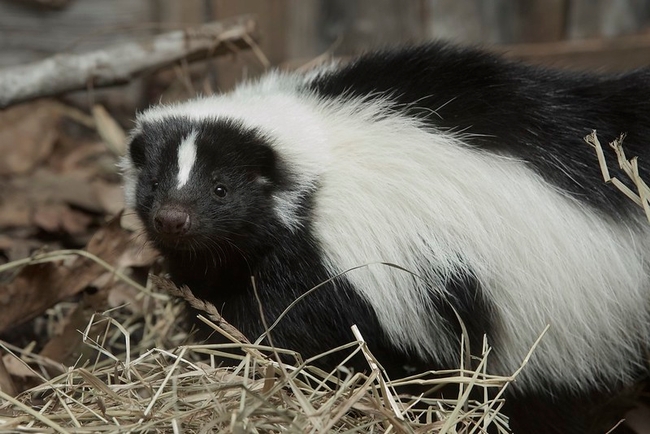- Author: Carolle Juliano
As a gardener, you spend much time and energy tending to your plants and landscape. You water, weed, till, plant, trim, fertilize, and take pride in what your labors produce: fruits, vegetables, flowers, and a pleasing environment. But how do you feel when those precious products are disturbed or worse, destroyed? Snatched from the vine, plucked from the soil, chewed right off the stem!
I know how I react - I go into battle mode. I examine the damage and scrutinize the crime scene for evidence or telltale markings and remnants. Research and more research follow. Mostly, my adversary turns out to be an insect, nematode, virus, mold, or disease of some sort. But this time it was different. The damage I witnessed was located around the perimeter of the backyard lawn, in the mulched and irrigated areas. Each morning, especially when the sprinklers had been on, I'd find holes dug through the bark into the soil. At first, I found it in just one section, then spread it to other locations. When the digging encroached on my veggie garden and lawn, I knew I had to take action.
Straight away to research! I knew it had to be a “critter” of some sort, but which critter? My sleuthing armed me with two facts: the digging occurred at night and the holes were predominantly conical in shape. I found three likely suspects, raccoon(s), skunk(s), and opossum(s).
These nocturnal looters have very similar M.O.s and are most probably in the neighborhood but not residing in my yard. Besides being active at night, they all dig holes in search of grubs and worms but are equally satisfied snacking on snails and slugs. They all are true omnivores, meaning plants and animals fit into their diet. All three critters will consume fruits (explains the missing apricots and grapes from my yard), berries, nuts, acorns, and various grains, not to mention fish, frogs, lizards, insects, turtles, rabbits, mice and rats, plus ground-nesting bird eggs. In suburban settings, they're particularly fond of pet food left out for Fido.
Unfortunately, there were too many similarities at this point to determine what animal was responsible for my messed-up mulch and lawn. That is until I discovered their digging techniques for grub and worm foraging in lawns differentiate one from the other. (An “ah-ha” moment!) Raccoons like to unhinge a corner of lawn and roll up a section to reveal grubs. Skunks dig conical holes measuring approximately 3-5 inches wide to unearth their prey, while opossums barely get their nails dirty, scratching only the surface.
Eureka! I saw conical holes in the lawn - it was skunk handiwork! I identified the prime suspect, sight unseen.
Next steps: deterring the offender(s). Again, many similarities surfaced regarding the methods of dissuading skunks compared to raccoons and opossums: food source elimination, fright inducers like flashing lights, harsh sound-producing devices (my neighbors would love that in the middle of the night), motion-activated water sprinklers, and scent repellents. I opted for a one-two approach, meaning eliminating the food source by treating the lawn for grubs and providing an all-natural scent deterrent to make carousing in my yard unattractive.
Victorious? Perhaps. The jury is still out in deliberation. All I know at this point is that I've seen no additional evidence of grub-seeking activity recently. Is that a good thing? You bet it is!
Skunk info: https://ucanr.zoom.us/j/8657570159
Raccoon info: https://ipm.ucanr.edu/home-and-landscape/raccoons/pest-notes/#gsc.tab=0
Opossum info: https://ipm.ucanr.edu/home-and-landscape/opossum/pest-notes/#gsc.tab=0




